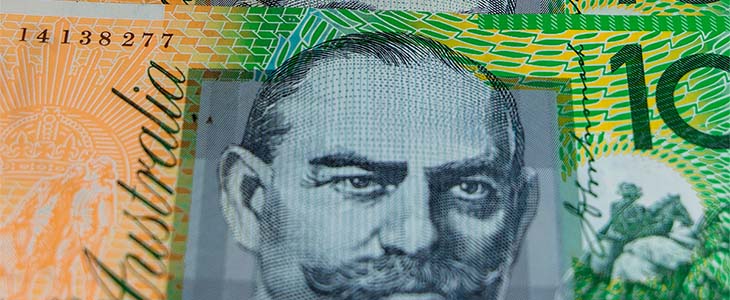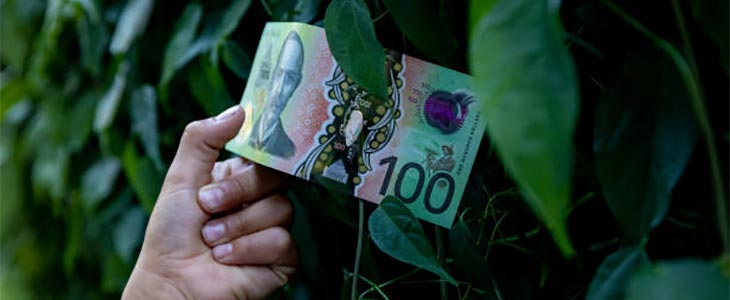In the good times when there is a huge demand for a particular resource, it’s human nature to get the sense that demand is limitless. But economic principles and history show us that this is never the case. When demand is strong, we tend to ramp up production and everyone gets in on it. And then,…
Read More »The banknote, bill or ‘paper money’ is a piece of paper created by a licensed authority such as a bank and used for the exchange of goods and services. As a rule, national banknotes are legal tender. In other words, the court of the country has recognised the banknotes as payment. The first banknote was…
Read More »There are so many options for credit these days, it’s almost impossible for young people to stay out of debt. You are financially vulnerable between the age of 18 and 25 and credit companies take full advantage. Companies target young people with the aim of getting them into as much debt as quickly as…
Read More »Life is challenging enough without the extra burden of disaster and pandemics such as COVID-19 or bushfires. Here are some tips and resources to help you take control of your finances when your life is turned upside down. Watch out for scams – Unfortunately, when we are vulnerable, scammers and criminals see opportunity. Be particularly…
Read More »Income tax is money paid to the federal government based on the amount of money you earn in a financial year less the expenses your incurred to earn that money. This is called taxable income. Assessable income – allowable deductions = taxable income. The more you earn, the higher your tax rate. The Australian Tax…
Read More »A decision we all must make. Do I buy a 20-year-old car for $5,000 or a new car for $25,000 with free servicing and a 7-year warranty? Do I go with a cheap do it yourself kitchen or spend the money and choose premium materials, finishes and workmanship? To help us decide it’s important to…
Read More »Your financial strategy should change as you age. Here is a general guidline for each stage of your life. Earn, growth Invest and save in your 20’s Your twenties should be focused on: earning money. investing in a long-term diversified growth portfolio. Earn, growth invest, leverage and reduce in your 30’s Your thirties should be…
Read More »Succeeding in business and becoming an Olympian have a lot more in common than you might think. Here are the traits needed to become an Olympian that will also help you succeed in business. Embrace failure. Olympians fail again and again but instead of giving up, they use failure to their advantage and learn from…
Read More »The ATO might give you extra time to pay your tax or remove penalties if you experience financial difficulties. Further to these support measures, in the event of serious hardship (defined by the ATO as unable to provide food, accommodation, clothing, medical treatment, education or other basic needs for yourself, your family or dependents), the…
Read More »Unclaimed money is defined as money that belongs to you but has been lost or forgotten due to a change in circumstance. It could be lost bank accounts, shares, life insurance policies or lost superannuation from changing jobs. Unclaimed money received by ASIC is transferred to the Commonwealth of Australia Consolidated Revenue Fund after 7…
Read More »"You’d be stupid not to try to cut your tax bill and those that don’t are stupid in business"
- Bono: U2














